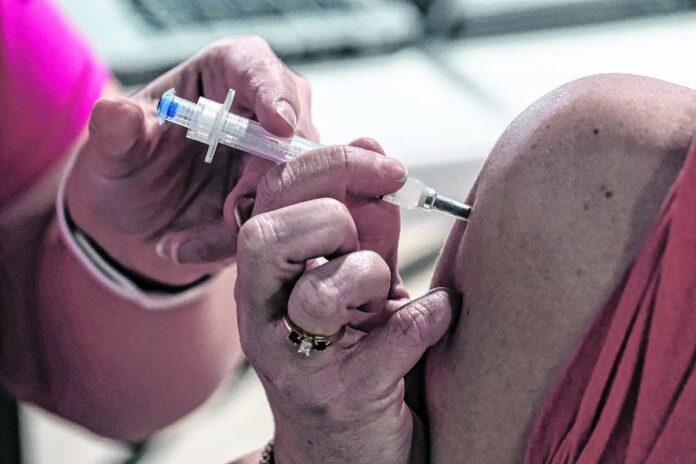
From: Denny Kubal
Nashville
Some people avoid getting a COVID vaccination because they equate Covid and the flu. Let’s explore this idea. The flu is nothing to sneeze at, but COVID deaths and mortality rate are worse. The mortality rate for influenza is estimated to be 1 in 1,000 while COVID’s mortality rate is closer to 1 in 100. There have been more than 700,000 COVID deaths in the USA, and more than 16,000 COVID deaths in Indiana. An average year sees about 35,000 deaths from the flu in the USA, of which about 1,000 are Hoosiers. The death and mortality rate statistics show COVID to be much deadlier than the flu.
Older populations are at greatest risk of death from COVID compared to younger people, but middle-aged and younger persons experience higher COVID deaths than flu deaths. Over 40,000 adults between 30 and 50 died from COVID as of Oct. 10, 2021, and only 824 in that age group died from the flu during the same time period. COVID is more deadly than the flu, for both young and old.
It’s not just death. You are twice as likely to be hospitalized with COVID than the flu. COVID patients struggle to breathe, are likelier than flu patients to need intensive care, and the average length of stay in the intensive care unit for COVID (15 days) is nearly twice as long as the flu (eight days). If you don’t die, hospitalization experiences tend to be much worse with COVID than the flu.
And then there’s the COVID “long-haulers.” While long-term effects from the flu are rare, many adults and children suffer COVID after-effects. As early as July 2020, scientists were sounding the alarm regarding COVID brain damage, including temporary brain dysfunction, strokes, nerve damage and brain inflammation. More common COVID symptoms were fatigue, headache and attention disorder, all of which can affect concentration.
The long-term effects also occur in children, even some with mild symptoms. Children can experience multisystem inflammatory syndrome (MIS) during or immediately after a COVID infection. MIS is a condition where different body parts can become inflamed. Symptoms include a fever, a rash, belly pain, vomiting, diarrhea, and moderate to severe cardiac abnormalities. Studies show that up to 40 percent of children in Italy and approximately 15-20 percent of children in England are experiencing “long-haul” COVID symptoms.
What does all this mean for Hoosiers? Indiana has consistently trailed the national vaccination rates, ranking 14th lowest in the country with 49% of all residents fully vaccinated, according to the Centers for Disease Control and Prevention. Many health professionals predict Indiana will experience another serious increase in infections and deaths this winter, due to colder temperatures and more inside exposure and low vaccination rates.




